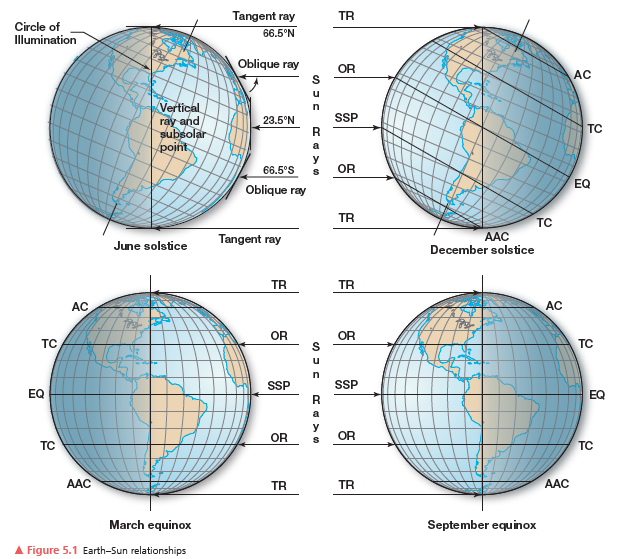What are some of the dangers corals have to face right now? What impact will global warming have
on these factors? What will be an ideal response?
ANS:Answer
should include:
? There is coral bleaching happening right now. This occurs when the water temperature is
too high for an extended period of time. The corals appear to be bleached because they
eject their symbiotic dinoflagellates. If the temperature stress remains and the
dinoflagellates do not return, corals are not able to survive for very long. As we see
temperature increases, this may become more widespread.
? Corals are having a hard time due to the acidification of the ocean as well. The increase
in carbon dioxide in the atmosphere and then into the ocean is causing the ocean to
become more acidic. Corals can only tolerate so much acidity. This is especially true of
corals that use calcium carbonate to fortify their body structure.
? Corals are facing a human perpetuated problem as well. There is a practice of using
sodium cyanide to collect species for aquariums and collectors. This poison is squirted
on the reef. The survivors are then collected. This does major damage to all of the
organisms on the reef.
You might also like to view...
Complete Table 5.1 (below), filling in the daylength at selected latitudes.


Briefly discuss rural-urban migration and the recent trends of suburbanization
What will be an ideal response?
At high altitudes atmospheric pressure is lower than at sea level. Which of the following is true?
A) Boiling water is cooler in Denver than in New York. B) Boiling water is hotter in Denver than in New York. C) Water boils at the same temperature in Denver and New York. D) We cannot predict the relationship between the boiling points in the two cities.
Suppose your region is facing power shortages (brownouts). How would you propose solving the problem? Defend your proposed solution on both economic and environmental grounds
What will be an ideal response?